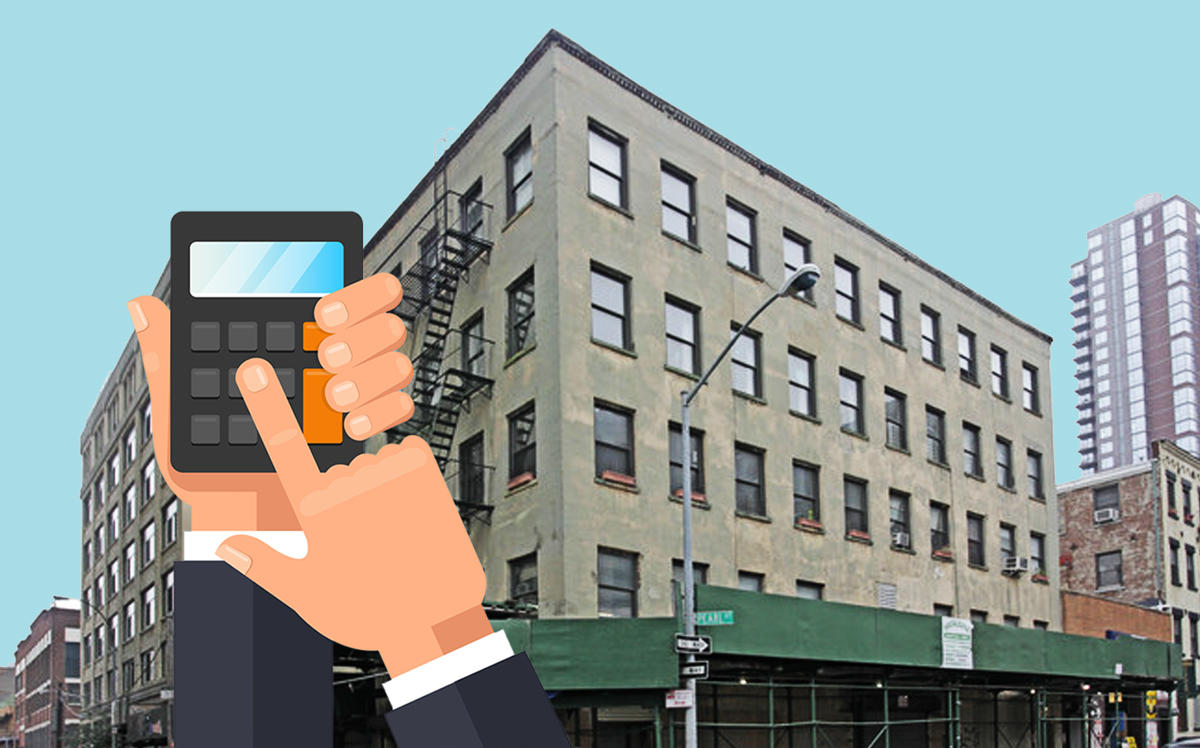Trending
NYC could be overtaxing hundreds of small buildings by mistake
Taxes can quadruple because of incorrect unit counts

A small difference in a building’s unit count can make a huge difference for its property taxes, as residents at one Dumbo loft building have learned.
This year, 39 Pearl Street paid four times as much taxes as it should have, because an assessment claimed that the building had more than 10 units, while it really has eight. Residents have taken on roommates and considered dropping health insurance to cover these expenses, the New York Times reported.
“We’re not saying, please lower our property values, or give us special treatment,” Julia Loktev, a filmmaker who lives at the building, told the Times. “We are asking for the city not to profiteer off a mistake they have admitted.”
New York state law caps assessment increases for “small buildings” at 8 percent a year, or 30 percent over five years. No limit exists for buildings with 11 units or more, which can see their assessed values double in a few years in gentrifying neighborhoods.
But because assessments rely on external inspections that can miscount the number of units, and because the city has shown inconsistency in whether commercial units are included in the total, there is significant room for error. A New York Times analysis found hundreds of other small buildings that may be mistakenly overtaxed.
Though the city says it is deeply concerned about overtaxation, and that it has refunded more than $4 million to property owners, it continues to fight taxpayers in court, generally refusing to return property assessments to their pre-error values, locking them in to higher taxes. Judges hearing these cases have sided with the city, arguing that taxpayers are the ones responsible for making sure they are properly billed.
“It’s bewildering to us,” said YuhTyng Patka, a lawyer who has handled several overtaxation cases, including 39 Pearl Street. “We just don’t understand why they are fighting so hard against small property owners.”
Meanwhile, assessments for condos in prime neighborhoods are usually significantly devalued due to other quirks in the city’s tax system. For example, New York City values Ken Griffin’s record-breaking $238-million condo at just $9.4 million. [NYT] — Kevin Sun




